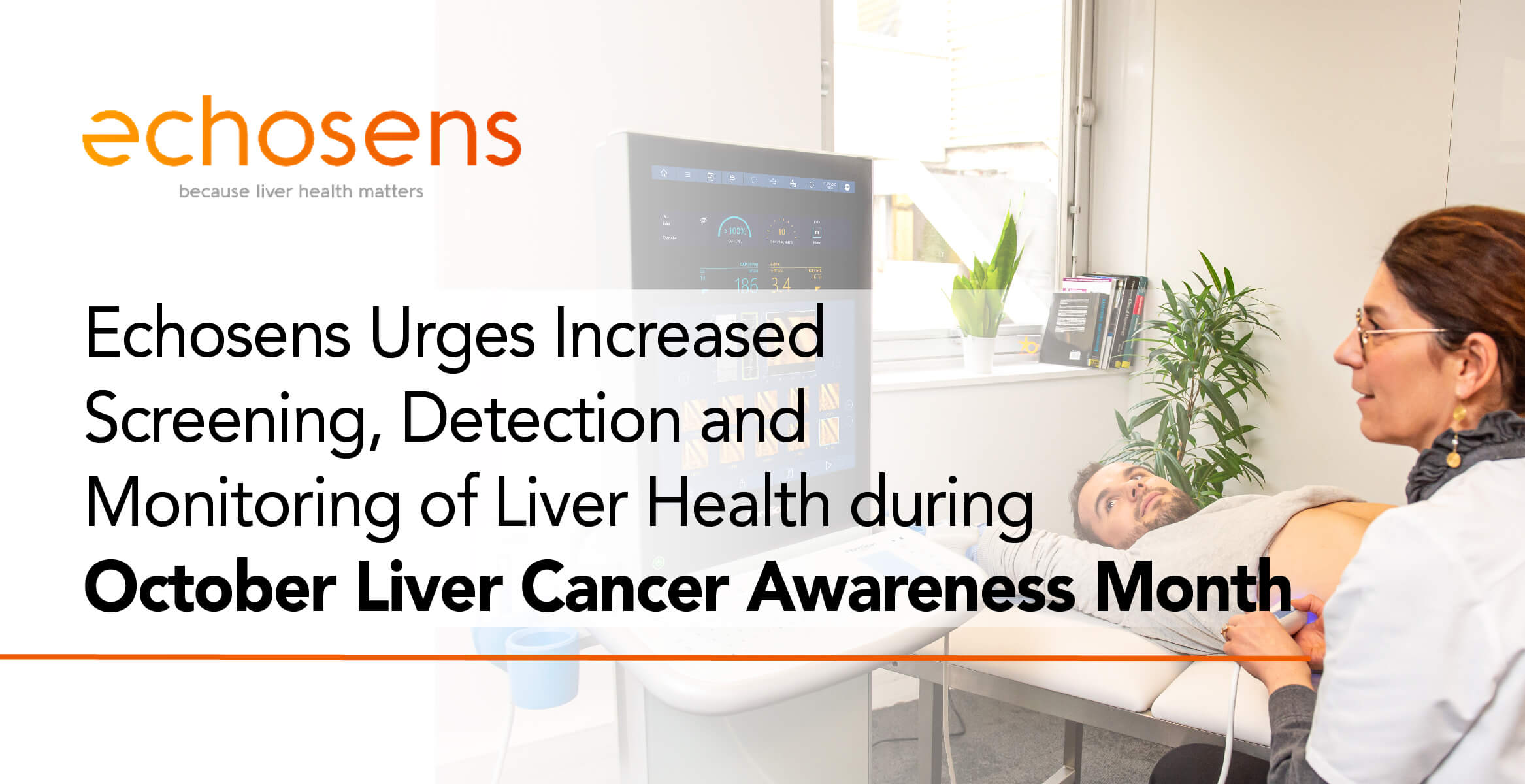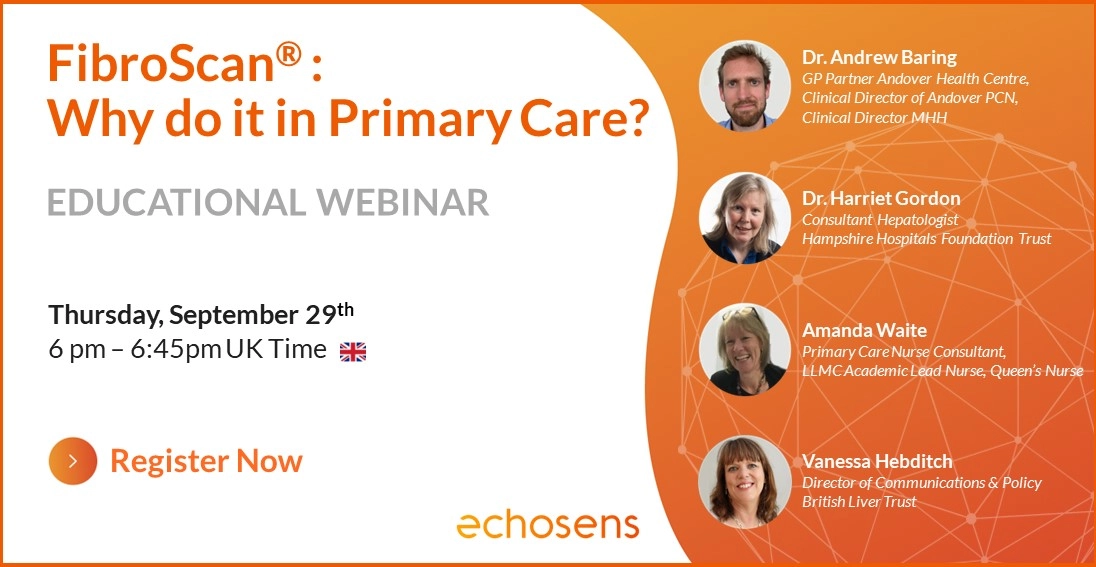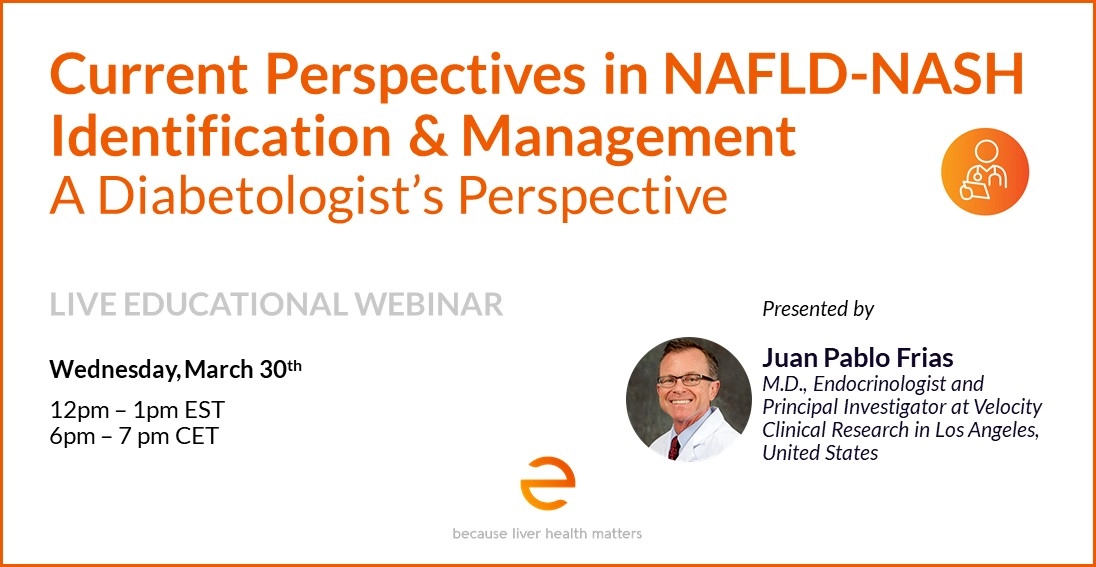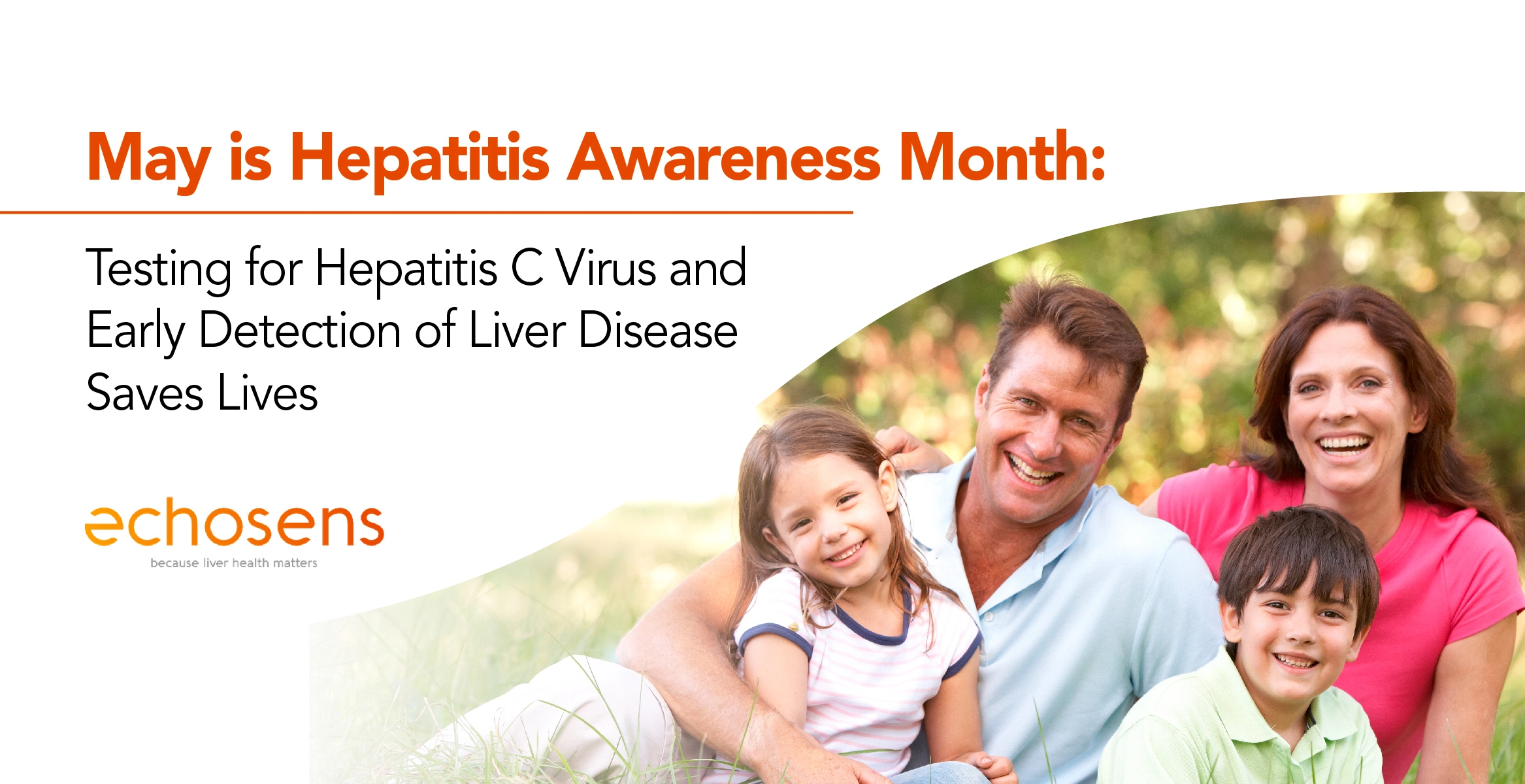Here are the facts:
–> Liver cancer incidence rates have more than tripled since 1980, while the death rates have more than doubled during this time.
–> In 2022 about 41,260 new cases in the US will be diagnosed, and an estimated 30,520 people will die from liver cancer.
According to the American Cancer Society, having a risk factor, or even several risk factors, does not mean that you will get the disease. In fact, some people who get the disease may have few or no known risk factors.
During Liver Cancer Awareness Month, it is valuable for everyone to be mindful of some of the leading factors that can increase risk of liver cancer, including but not limited to:
–> Gender – HCC is more common in men than women
–> Race/ethnicity
–> Chronic viral hepatitis, Hepatitis B (HBV) or Hepatitis C (HCV)
–> Cirrhosis, occurring in people who abuse alcohol or have chronic HBV or HCV infections
–> Non-alcoholic fatty liver disease (NAFLD), a common condition in obese people, and non-alcoholic steatohepatitis (NASH), the advanced form of NAFLD – the most common causes of chronic liver disease and HCC
–> Primary biliary cirrhosis
–> Inherited metabolic diseases
–> Heavy alcohol use
–> Tobacco use
–> Obesity
–> Type 2 diabetes
–> Certain rare diseases
–> Hemochromatosis
–> Other
Screening, Detection and HCC Surveillance
Early detection is a critical component of preventative care in the United States. However, it is often hard to find liver cancer early because signs and symptoms often do not appear until it is in its later stages. Small liver tumors are hard to detect on a physical exam because most of the liver is covered by the right rib cage. By the time a tumor can be felt, it might already be quite large.
Thankfully, there is now innovative technology – FibroScan® developed by Echosens — that quickly provides a quantitative assessment of liver stiffness and liver fat at the point of care to detect liver fibrosis, which is liver scarring in its early stages. Liver scarring can be an indication of liver damage, liver disease and liver cancer.
Early, non-invasive assessment and monitoring of liver disease with FibroScan for comprehensive management of liver health can more cost-effectively identify individuals who are asymptomatic and undiagnosed for liver damage. It can also provide metrics for monitoring changes in liver fat due to lifestyle modification. FibroScan is the preferred non-invasive test referenced by over 3,500 peer-reviewed publications and 160 international guidelines including American Gastroenterological Association (AGA), American Association of Clinical Endocrinology (AACE) and American Heart Association (AHA).
Targeting high-risk populations for preventative liver screening and intervention with FibroScan can enhance early identification of chronic liver disease, which as a result, may reduce the incidence of liver cirrhosis and HCC.
A FibroScan exam is painless and usually only takes under 10 minutes. Results will provide patients and clinicians with a more accurate assessment of an individual’s liver health and enable them to tackle whatever challenges lay ahead, armed with the knowledge provided by FibroScan. A number of chronic liver diseases can be halted or reversible if diagnosed early, and together with clinicians, patients can take positive steps toward lifestyle changes that may impact disease progression.
A study using FibroScan as part of an initial assessment indicated if patients have either severe fibrosis or cirrhosis and enrolled such patients into an HCC screening program. The implementation of this program was found feasible and facilitated earlier diagnosis of patients with hepatitis C (HCV) cirrhosis.
Additionally, the majority of patients who received HCC treatment resulted in improved survival rates. These results demonstrate the impact of a successful screening program.
During Liver Cancer Awareness Month, we hope more industry leaders, policymakers, providers and individuals will join us in helping to raise awareness about the critical need for clinicians and patients to focus on the prevention and early detection of liver cancer.



